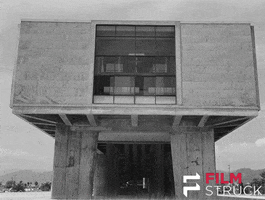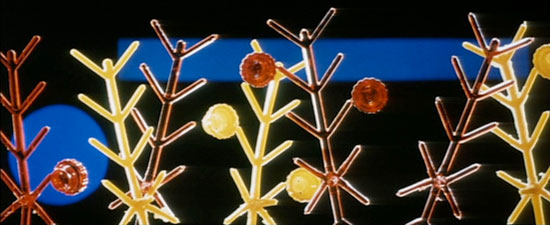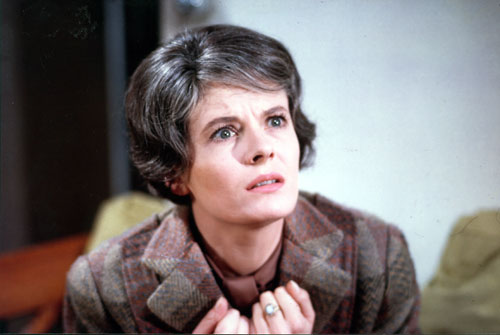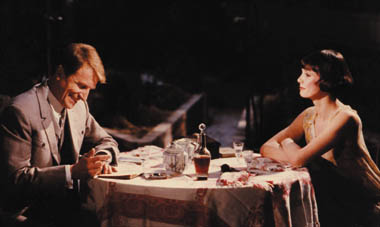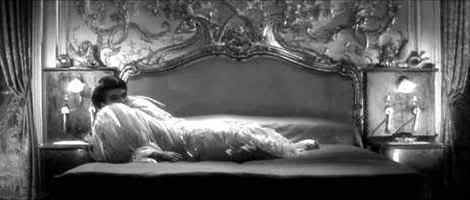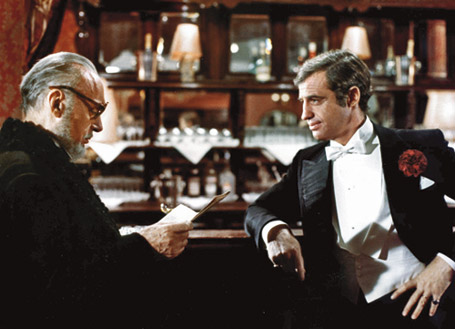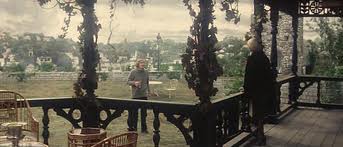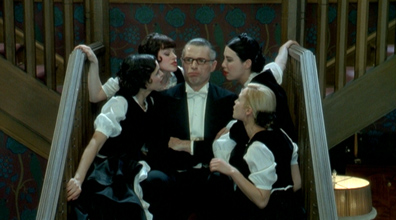Written to introduce a dossier in Farsi on Alain Resnais prepared by Ehsan Khoshbakht in March 2012. — J.R.
Alain Resnais is clearly one of our greatest living filmmakers. But he’s also one of the most elusive, for a number of reasons. He started out as the most international of all the French New Wave artists, at least in his early features (especially Hiroshima mon amour,Last Year at Marienbad, La Guerre est finie,Je t’aime, je t’aime, and Providence), but then went on to become the most French of French directors (not only in obvious cases such as Mon oncle d’Amérique, Stavisky…, Mélo, Same Old Song, Not on the Lips, and Wild Grass, but even in films derived from English or partially American sources, such as I Want To Go Home, Smoking, No Smoking, and Private Fears in Public Places). Even before he got around to making features, he made by far the greatest films in the history of cinema about racism and colonialism (Statues Also Die), the Holocaust (Night and Fog), plastic (La Chant du Styrène), and libraries (Tout la mémoire du monde).Among the most personal of modern filmmakers, he never signs his own scripts, always preferring, as Claire Denis once pointed out to me, to hide behind his screenwriters. He’s also one of the greatest of all film critics and film historians, even without any printed criticism, especially if one considers how much he has taught us about Feuillade and Hitchcock in Marienbad,about Lubitsch in Stavisky…,and about MGM musicals in Not on the Lips, among countless other examples. A poet of memory and emotion, he often gets mistaken for an intellectual (perhaps because he’s French) and overlooked as a Surrealist. Indeed, part of the richness of his films can be found in the fact that many of their treasures are hidden, apart from their beauty and feelings.
